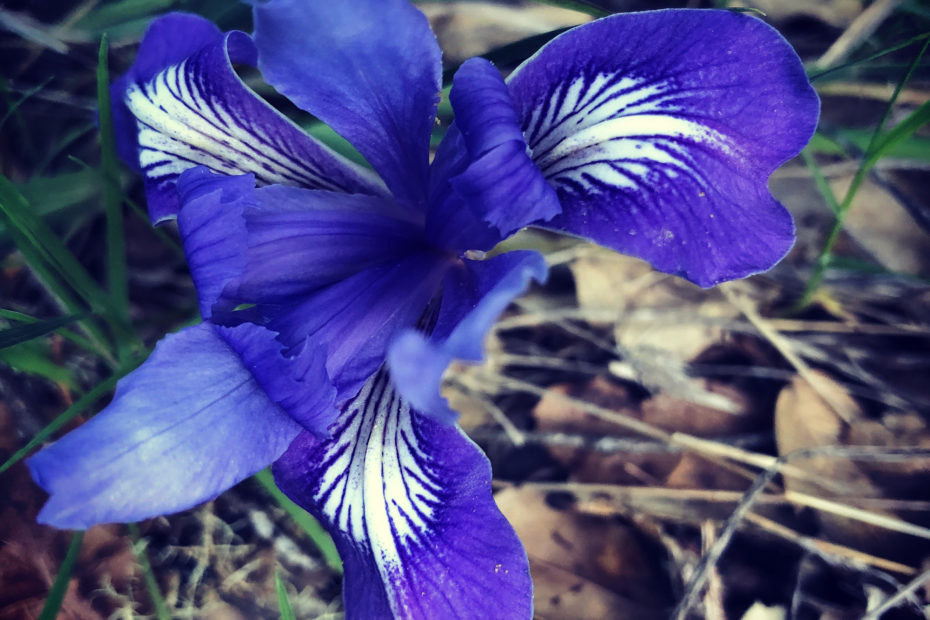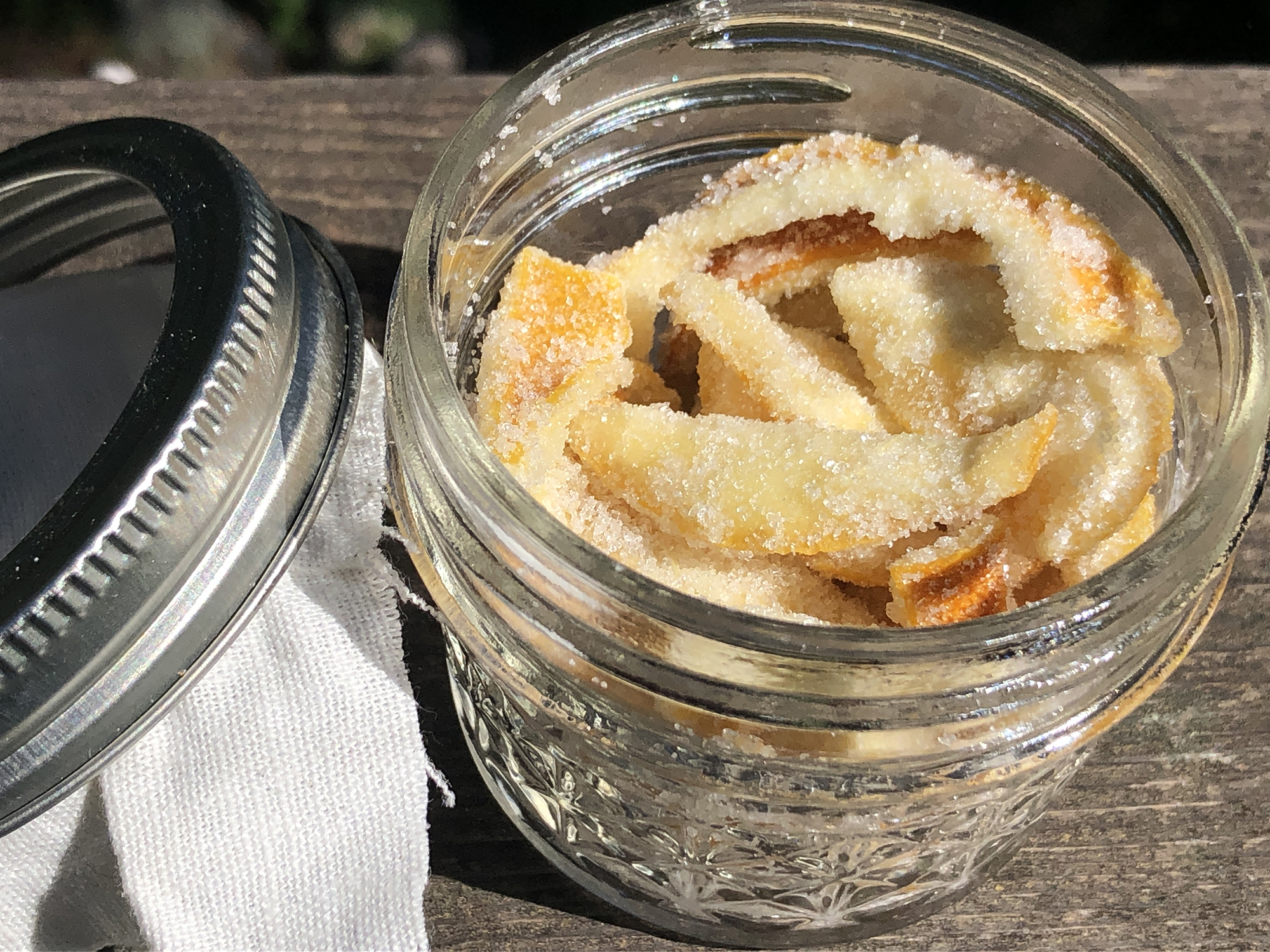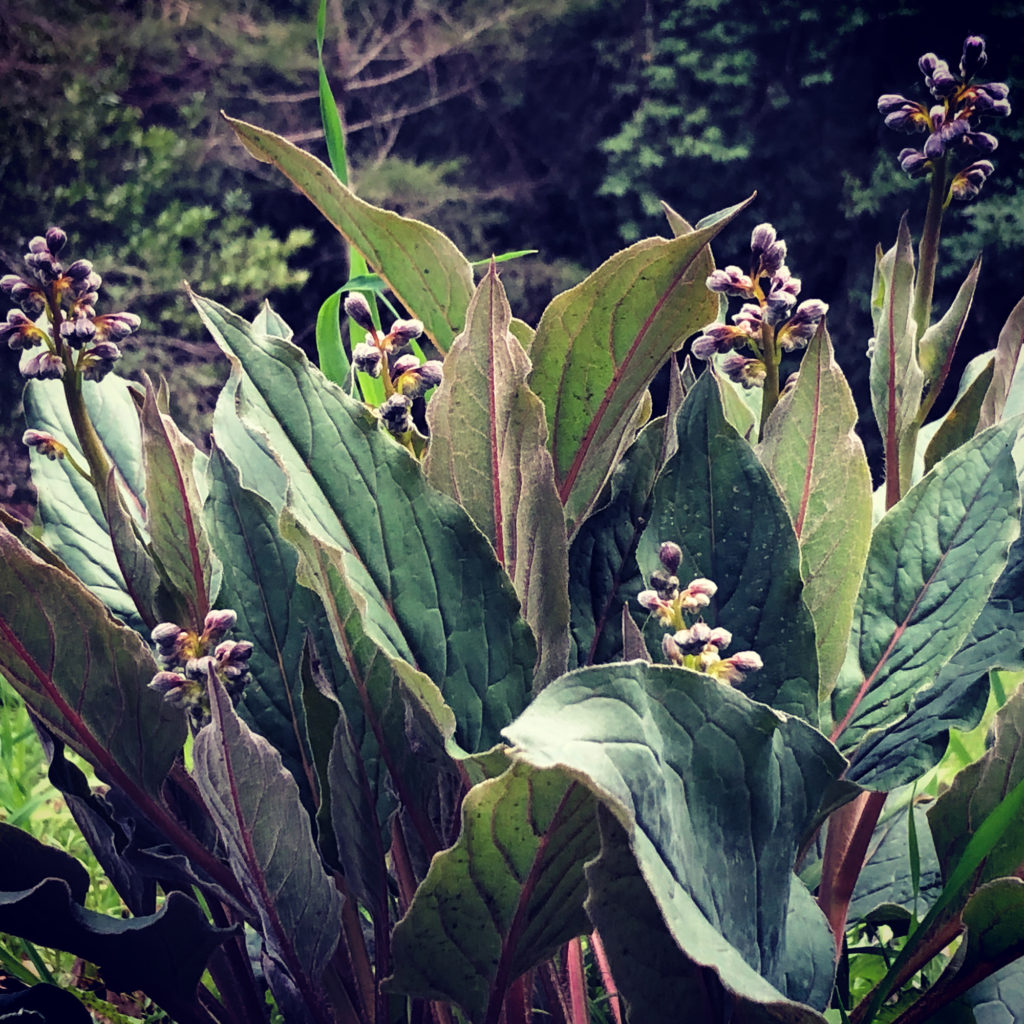
The first wildflower that I noticed growing this year was the Hounds Tongue or Cynoglossum Officnale. It is in the Borage family and has toxic properties. Beware!
Its broad flat-leaf sitting on a think stalk was everywhere. I was so excited to see what flowers would come from this early growing plant.
The delicate purple flower was not a dissapontment. The plentiful plant is having a very good year here in the Costal Redwood Forest. It is said that if you put this plant underfoot, it keeps a dog from barking. Hence the name.
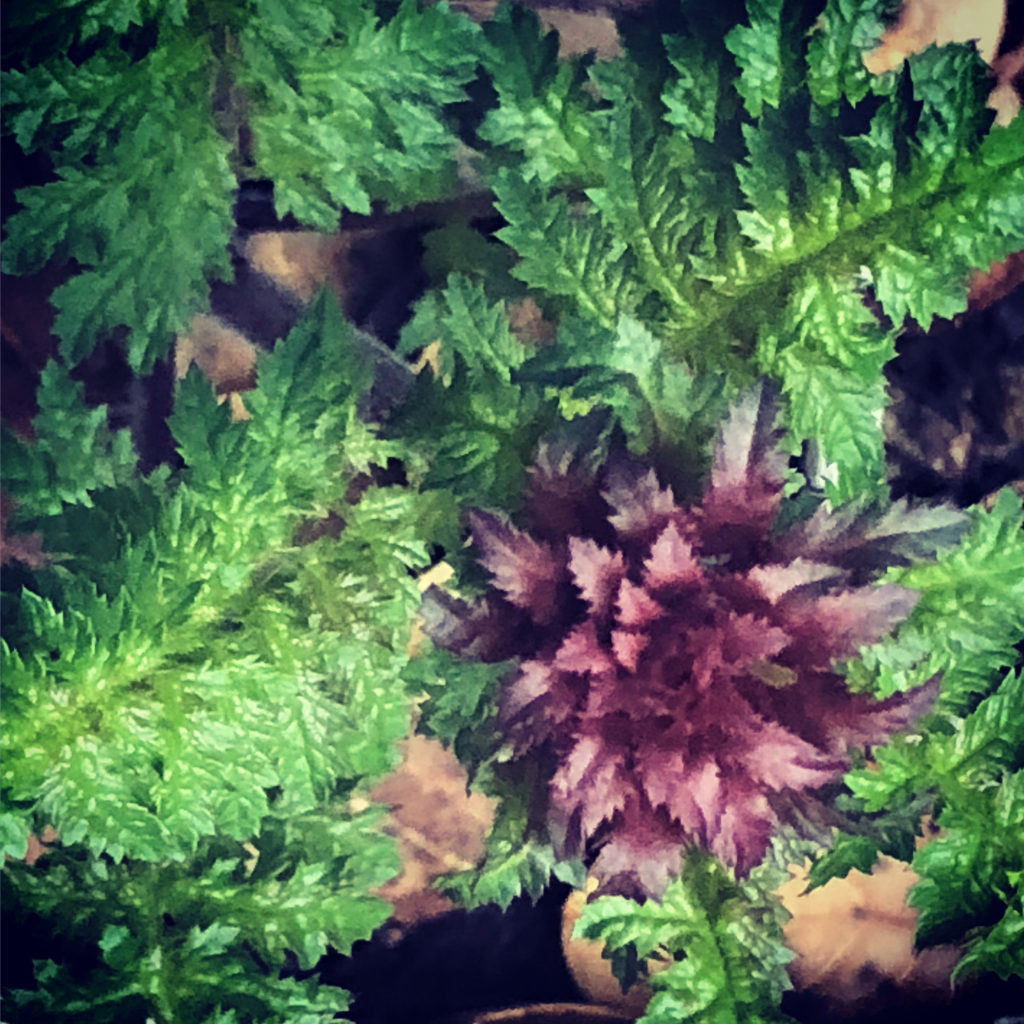
Warriors Plum or Pedicularis densiflora is a California native and actually attaches itself to other plant roots. So when foraging make sure there is no poision oak nearby!
It has many healing properties including muscle relaxant and nerve pain tension and insomina. Its effects are non-narcotic which makes it a great day time pain reliever. We are making a Spring Wildflower Oil with it and I’m so excited to try it!
You can also dry it and make a tea of healty goodness!
When foraging, please remember to harvest ethically. Go off the beaten path, never take more than 1/5 of what you see. And remember that the pollinators feed of these vital spring blossoms!
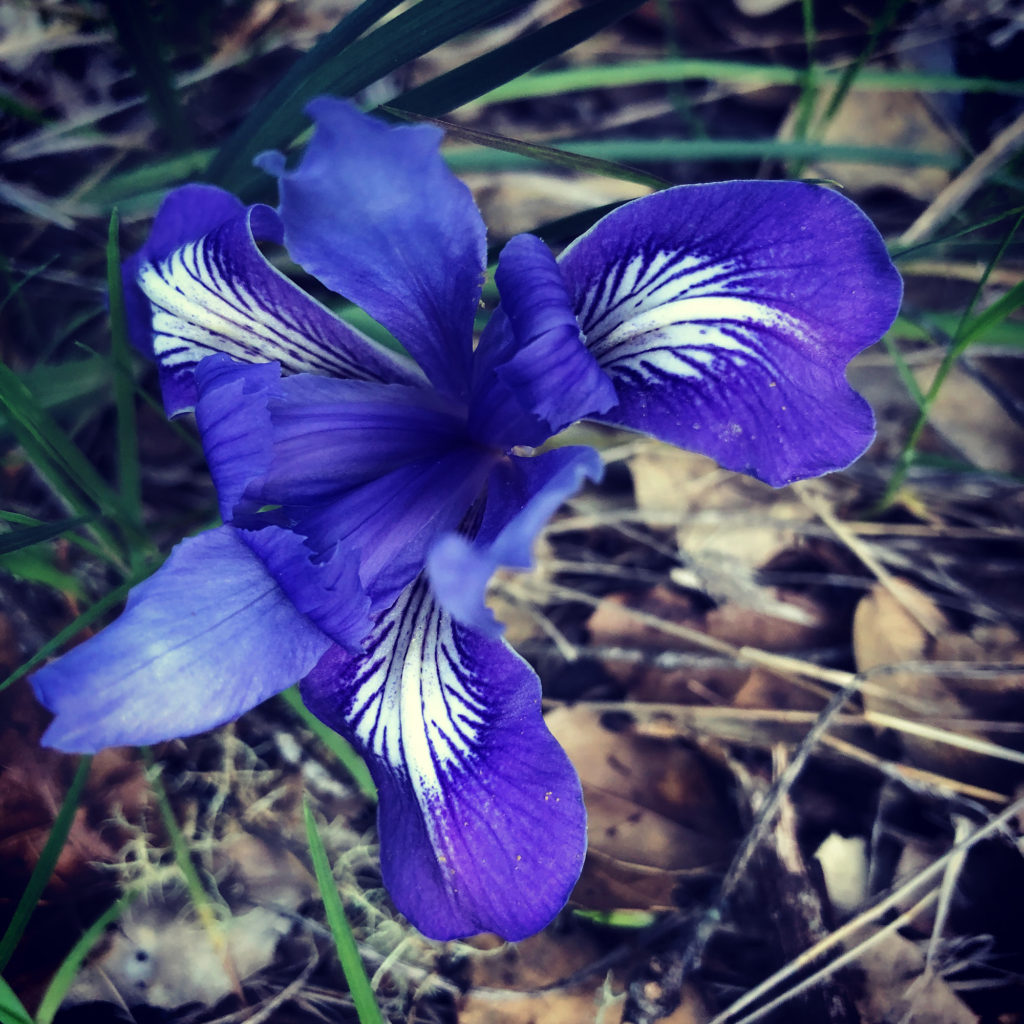
When you happen upon a Wild Iris in the forest, it feels so special. The deep dark purple blossom has a striking contrast against the forest floor. She stands tall and proud aware for her great beauty. The blub needs the blossom to wither and feed the root, so I never take any from the forest. I just admire the beauty.
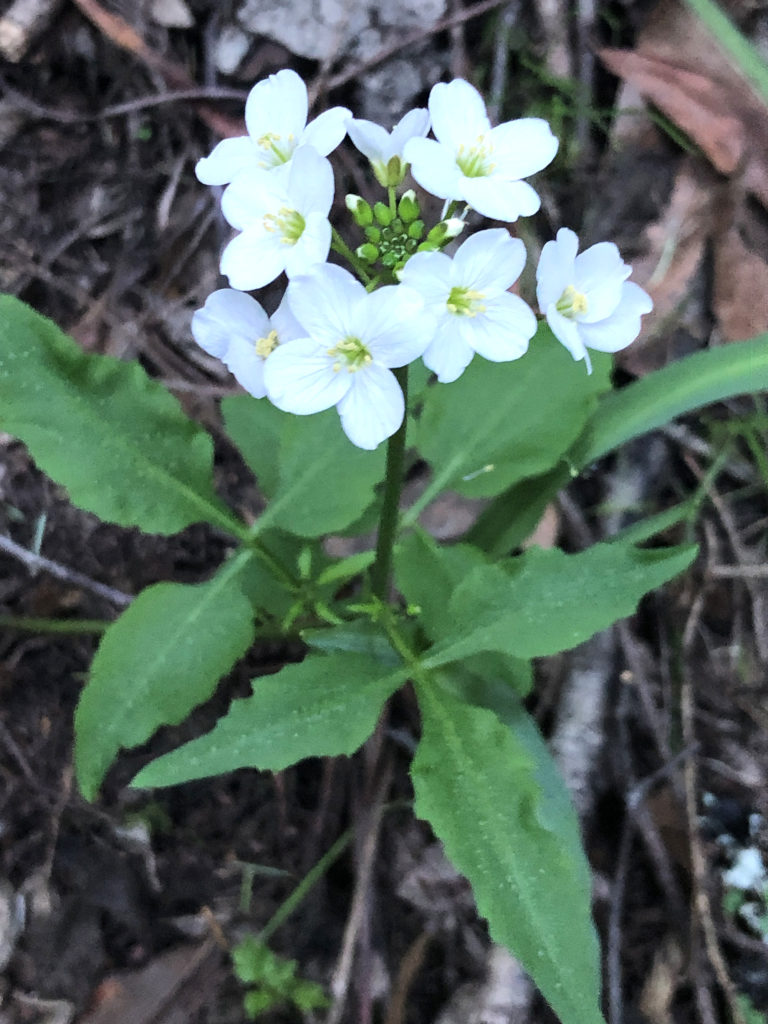
Milkmaids or Cardamine califonica are of the mustard family and are blooming along all the roads here in the Coastal forest. You can see the delicate white blossoms towering over the grasses and wild spring onions. It is believed to be a fairy flower and therefore is not to be brought inside. A tea was made with it and was believed to help with pain or a stitch in the side.
